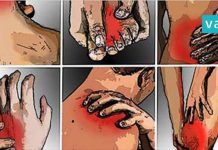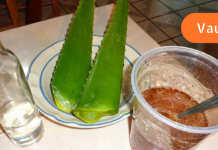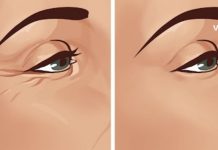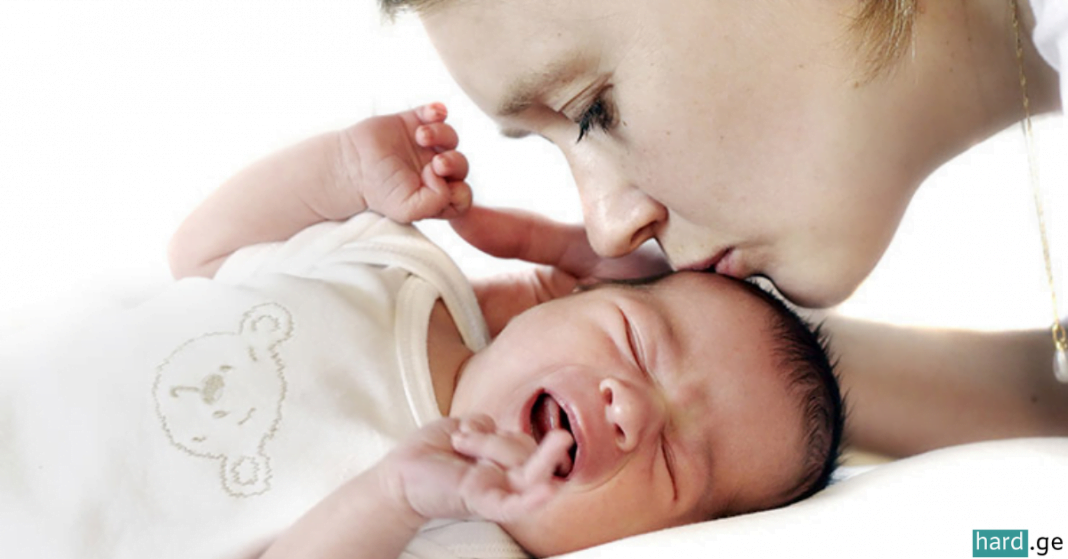As any parent knows, a crying baby can quickly become a stressful situation. While crying is your baby’s way of communicating discomfort, hunger, or emotional needs, sometimes it seems like nothing works to soothe them. Luckily, there’s a gentle and effective way to bring relief — reflexology massage. This simple yet powerful technique involves applying gentle pressure to specific points on the feet, and it can help ease many common discomforts in babies. Here’s how you can use it to soothe your child.
1) Head and Teeth: Teething Relief
When babies start teething, they often experience pain and irritation in the gums. This can lead to constant crying, fussiness, and difficulty sleeping. Fortunately, there are certain areas on your baby’s feet that correspond to the head and teeth. Gently massaging these zones can help relieve the pressure and soothe their discomfort. Focus on the tips of the toes — these points are believed to be directly connected to the baby’s head and teeth. Just a few minutes of soft massage here may ease the teething pain and calm your little one.
2) Sinuses: Breathing Support
If your baby is sneezing frequently or struggling with nasal congestion, their sinuses might be inflamed or irritated. Reflexology offers a gentle, drug-free way to support sinus relief. The center area between the toes — particularly between the big toe and the second toe — is linked to the sinus region. Applying a light massage to this area can help open up the sinuses and improve airflow, making it easier for your child to breathe and rest comfortably.
3) Lungs: Cold and Chest Congestion
Colds and respiratory infections can lead to chest congestion in babies. This can make breathing, feeding, and even sleeping quite difficult. In reflexology, the ball of the foot is associated with the lungs. Massaging this part of your baby’s foot in gentle circular motions may help ease tightness in the chest and encourage deeper, calmer breathing. It’s especially helpful during times of illness or when your baby seems unsettled due to breathing problems.
4) Solar Plexus: Calming Nerves and Spasms
The solar plexus is a central point of nerves located behind the stomach, and it’s often linked to stress, anxiety, and tension. For babies, this area can be sensitive, particularly when they are experiencing gas, cramps, or unexplained crying spells. You can access the reflex point for the solar plexus by gently pressing the center of the foot, just below the ball. A soft massage here may calm your baby’s nervous system, reduce spasms, and help them feel more relaxed.
5) Upper Abdomen: Help With Digestion and Blockages
Digestive issues are common in infants, and they can lead to bloating, discomfort, and irritability. If your baby is showing signs of constipation or upper abdominal pain, foot reflexology might offer relief. The arch of the foot, just below the ball, corresponds to the upper abdominal organs. Gently rubbing this area can help move things along in the digestive tract and reduce gas or cramping.
6) Lower Abdomen: Gas and Colic Relief
One of the most common causes of crying in babies is gas or colic. These conditions can be incredibly distressing, both for the child and the parents. Reflex points for the lower abdomen are located in the lower arch of the foot, closer to the heel. Applying slow, soothing pressure to this area may help reduce discomfort from gas buildup and provide calming relief during colic episodes.
7) Pelvis: Hips and Lower Body Support
The heel of the foot is connected to the pelvic region. If your baby is experiencing discomfort in their hips or lower abdominal area — especially during growth spurts or after lots of movement — massaging the heel can offer support. It can also be helpful for babies who are learning to crawl or walk, as this area may become tense or sore. A soft massage on the heel can promote relaxation and comfort in the pelvic zone.
Final Thoughts
This gentle foot massage technique not only provides physical relief for your baby but also strengthens the bond between parent and child. It’s a calming ritual that can be part of your bedtime routine or used anytime your baby seems upset. Always remember to use light pressure, watch your baby’s reactions, and stop if they seem uncomfortable. With a little practice and care, this simple method can become one of your most powerful tools in caring for your child.


















